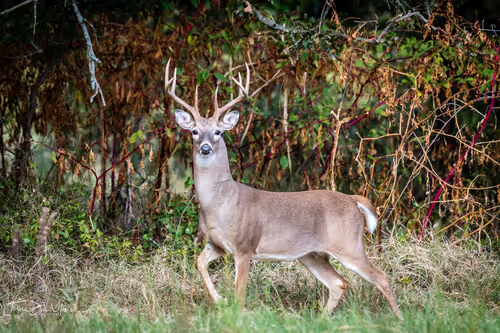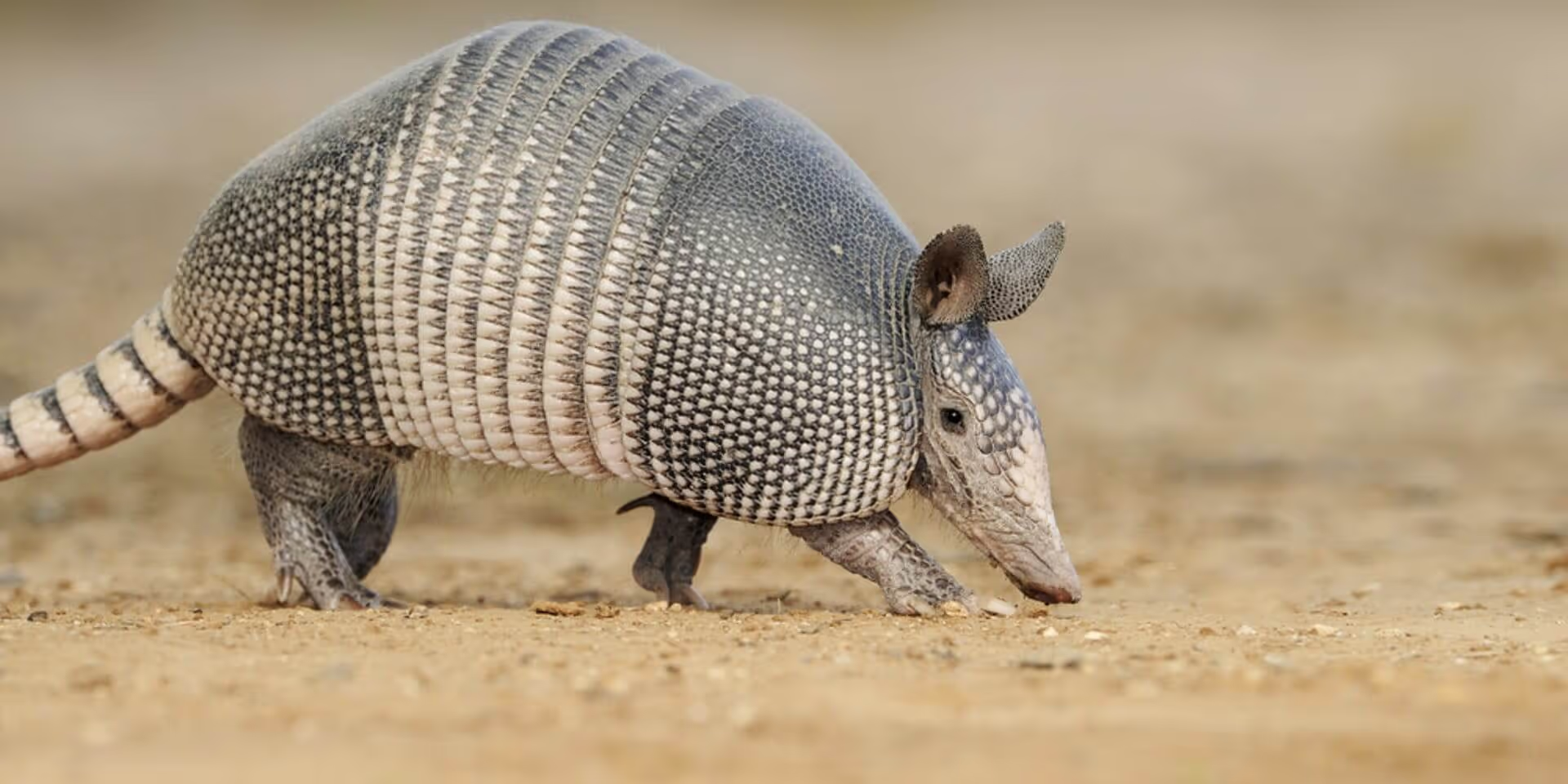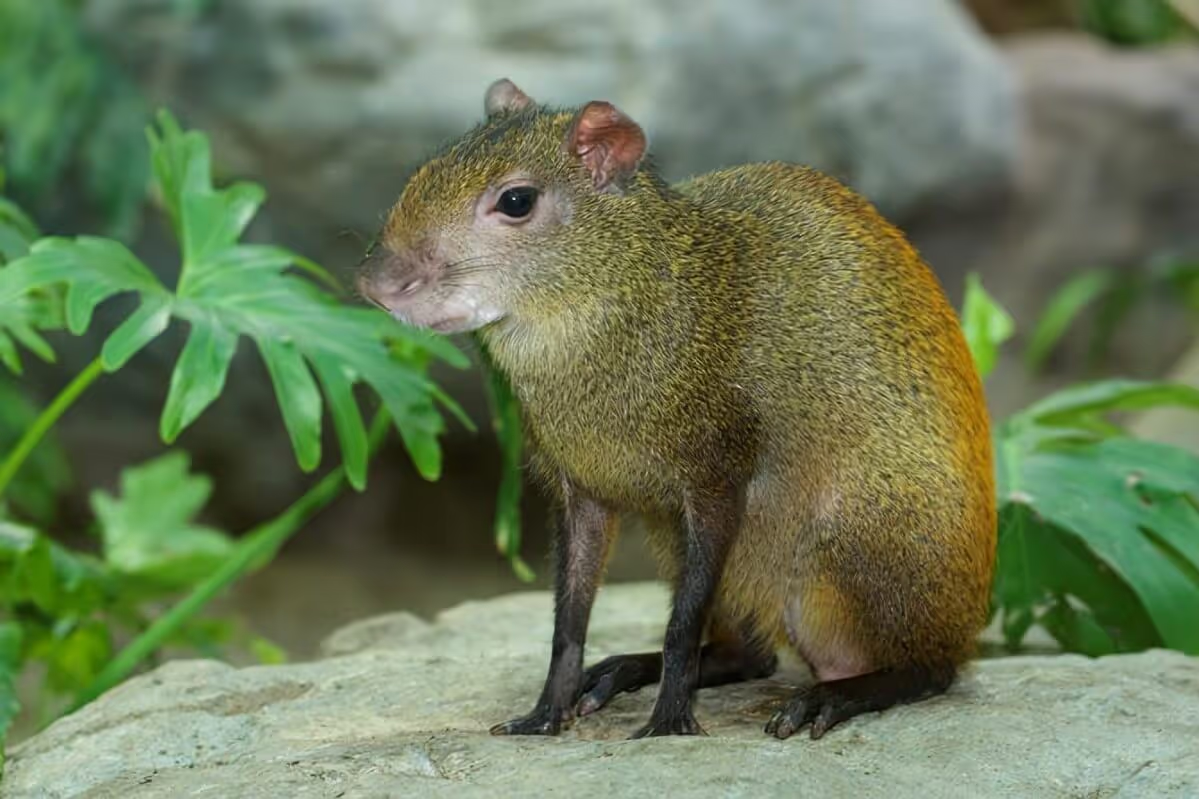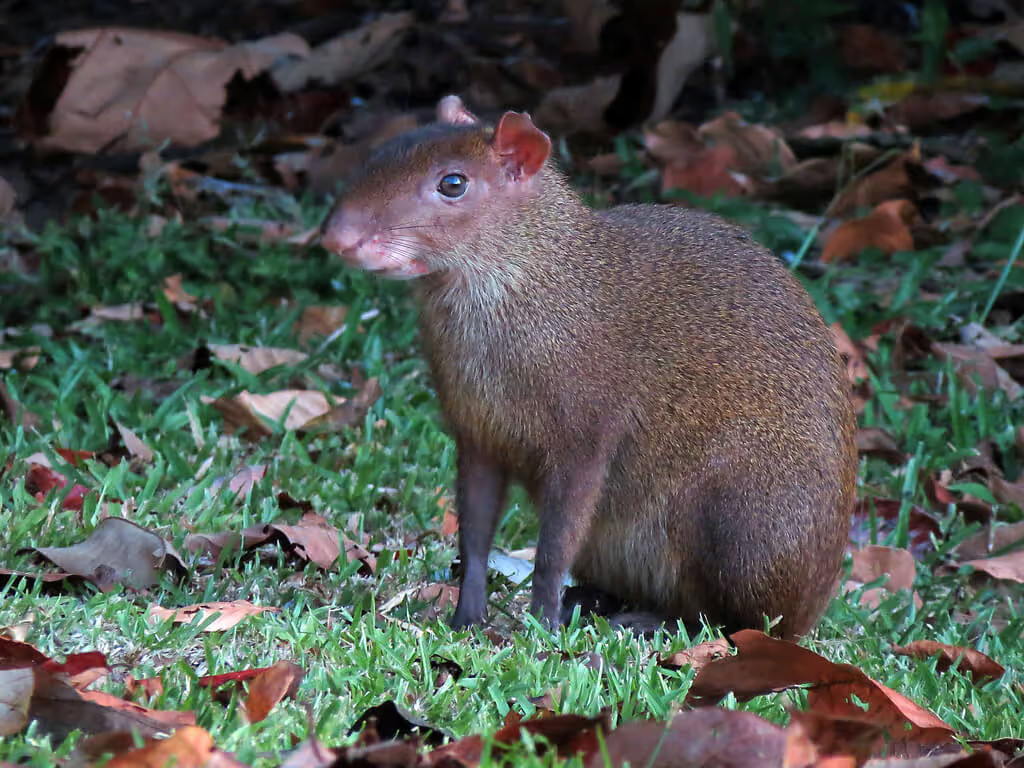The Maya Diet





A common question that always arises when studying any past society is how they lived, and the Maya are no exception. Among these questions is the type of diet they had and how different it was from ours. In this brief article, we will address, based on a zooarchaeology article, the types of food most commonly consumed during the pre-Hispanic era.
Information in the Trash Pits
In archaeology, a rich source of information has always been excavation, whether in monuments, wells, or open areas. However, without a doubt, another part that provides a wealth of information about the pre-Hispanic past has been trash pits, which give us clues about what was consumed. To make a comparison, imagine a trash pit today and the type of information it provides: the type of food we eat, the types of products we use, the frequency of their use, the type of economy we support, etc. Thus, trash pits, both in the past and present, are an inexhaustible source of information.
Upon reviewing these trash pits, which were primarily found in domestic structures, it was observed that there was a substantial difference between the general areas of Maya culture, which were:
1. Central Lowlands: The white-tailed deer was one of the most consumed animals, followed by dogs and turtles. To a lesser extent, armadillos, tepezcuintles, peccaries, and rabbits were also consumed.
2. Maya Highlands: The animal most commonly consumed was the white-tailed deer, followed by dogs, although the consumption of dogs decreased in areas such as Zacaleu and Uaxactún.
Northern Lowlands: As in the other areas, the white-tailed deer was one of the most utilized animals, although specimens of dogs, peccaries, white-tailed deer, wild turkeys, and chachalacas have also been found.
As seen, deer was consumed in nearly all Maya regions, but it was on the coasts where its consumption decreased, with the loggerhead turtle and hawksbill turtle predominating in those areas.
From Food to Dish
Given that these animals were the most consumed, the question arises of how they were prepared. One of the methods that still persists today is the *guiso píib*, which involves cooking food in an underground oven built in the yard. Similar to modern-day barbacoa, a hole is dug in the ground, which is filled with stones, and a fire is lit on top using plenty of firewood. The dish is wrapped in leaves, placed inside the hole, and covered with stones, branches, and leaves so that it cooks in its own juices. Finally, it is uncovered and eaten.
Conclusion
The material culture found within trash pits is an inexhaustible source of information and, as seen in this article, offers a glimpse into the diet of the ancient Maya. Similarly, it is important to emphasize the significance of diet in culture, both in terms of worldview and the relationship with the environment.